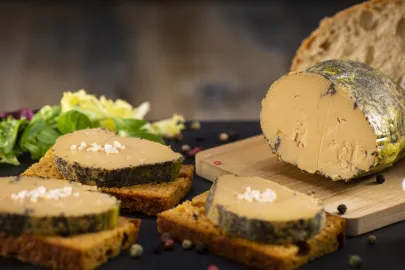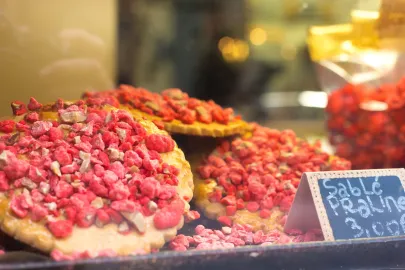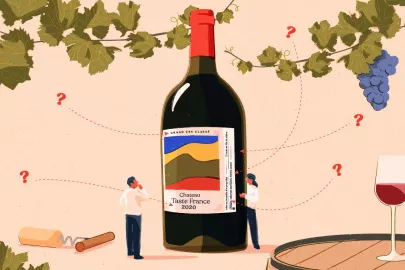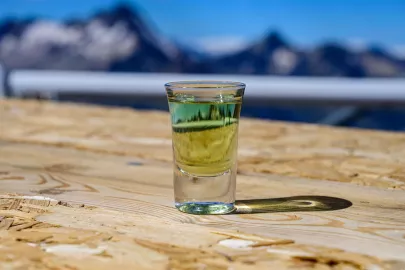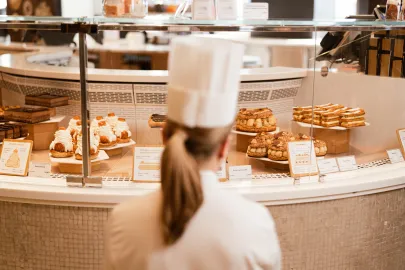Foie gras is one of the most emblematic products of French cuisine. A festive delicacy and symbol of refinement, it represents an ancestral savoir-faire, protected under French law as “cultural and gastronomic heritage” since 2006. Deeply rooted in French terroir, foie gras is both a tradition and an economic powerhouse.
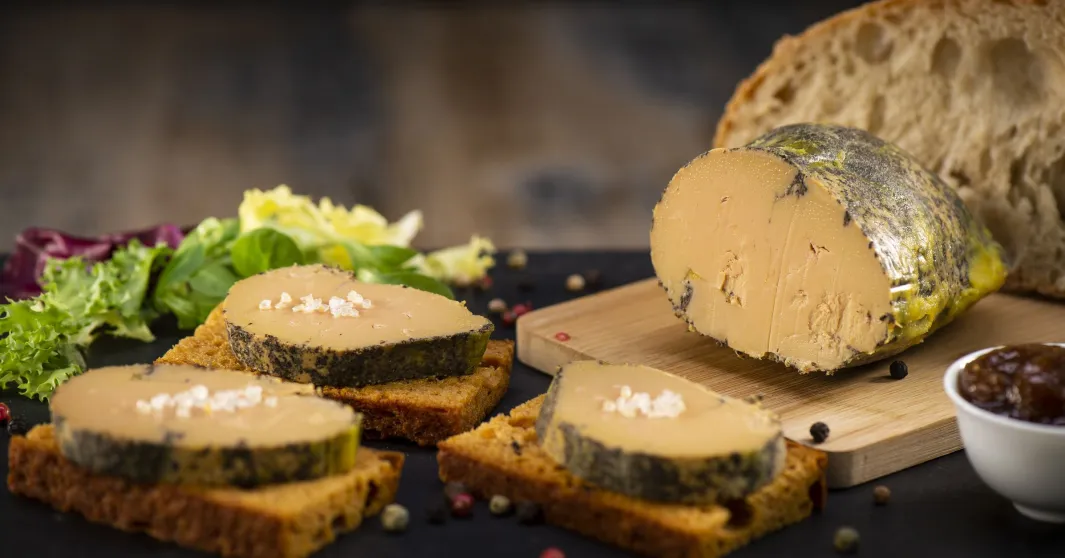
A Brief History and Production Techniques
Produced since ancient times by the Egyptians first and later the Romans, foie gras started its career as a French delicacy in the 17th century, serving as a symbol of luxury at the royal courts. Ever since, France has been the undisputed global leader in foie gras production, with over 12,000 tons in 2023 – about 60% of the world’s output (France Agrimer).
The production process relies on age-old techniques passed down through generations. French producers also adhere to strict regulations and quality labels – such as Label Rouge, IGP Sud-Ouest or IGP Périgord – which guarantee authenticity, traceability, animal welfare and respect for tradition. Despite health crises such as avian flu, the sector continues to adapt and innovate to preserve both heritage and future viability.
To make this specialty product, the enlarged “fatty liver” – hence the name – of a duck or a goose is used. Mulard duck is the dominant species, producing 99% of foie gras, while goose foie gras remains a rare sight – often reserved for special occasions thanks to its delicate taste.
A Guide To Buying French Foie Gras
Christmas and New Year’s Eve are its peak consumption moments, when it appears on nearly every festive table. With its silky texture and rich taste, foie gras embodies conviviality and the French art of living. Foie gras can come in many shapes and forms, dictated by the animal species but also the preparation and cooking techniques. All of these are strictly regulated to ensure quality, and only products containing only Foie Gras and seasoning can be called as such. Here’s how to navigate the labels:
Whole foie gras or foie gras block ?
Whole foie gras – “Foie Gras Entier” – is made from whole lobes of a single liver. Seasonings involve salt, sugar, spices, liqueurs or wines. Usually eaten in generous slices over toasted brioche or gingerbread, it’s the king of foie gras. If the label only states Foie Gras, the second category, lobes can come from different animals and be mixed together. Aesthetically pleasing with its marbled effect, it’s a firm favourite for beautiful slices.
Lastly a foie gras block – “Bloc de Foie Gras” – can mix different foie gras chunks, reduced to a fine spread. This marbled version is creamier than the whole version.
There are also foie gras-based preparations, such as parfait – which must include at least 75% of foie gras, pâtés, mousses or galantine – 50% minimum –, which can be good alternatives for a first taste.
Fresh, mi-cuit or tinned foie gras?
You can purchase fresh foie gras – Foie Gras Cru – to cook at home, or ready to eat as you’ll find most commonly outside France.
Mi-cuit Foie Gras often comes in a jar or terrine. It has been slowly cooked at low temperature. A melt-in-your-mouth delicacy, it has a stronger taste than tinned foie gras – “Foie Gras En Conserve”. The latter is firmer, having been cooked at a higher temperature. It can be kept for a few years, and will improve over time – just like a bottle of good French wine!

© Justin Ong
How To Eat And Cook Foie Gras
Foie gras is rich enough to be eaten simply, with toasted brioche, bread or gingerbread. Small slices can also be fried and used as the most luxurious topping. French chefs like to showcase it in fine-dining restaurants, and its image is tied to the excellence of French cuisine abroad. The Tournedos Rossini is a classic example, topped with a generous slice of foie gras and freshly shaved black truffle – you can try it at L’Escargot French restaurant in London.
In New York, French chef Alexia Duchêne (Le Chêne) serves foie gras mi-cuit with artichoke and a burnt grapefruit condiment. Over the past decades, foie gras has also starred in more humble recipes, such as the DB foie gras burger. Created by chef Daniel Boulud in 2001, his French take on an American classic, boasted red wine–braised short rib, truffle, and foie gras. In Parisian institution le Comptoir de la Gastronomie, the menu is an ode to this delicacy, including the likes of a duck foie gras carpaccio and foie gras ravioli with truffle sauce.
🍷 French Wine Pairings for Foie Gras
Now foie gras reaches its full potential when paired with iconic French wines, balancing the richness and buttery texture of the liver with sweetness, acidity, or aromatic complexity. Sauternes PDO wine from Bordeaux is the ride-or-die, but Monbazillac and Jurançon, both from Southwest France, offer amazing classic sweet options as well. For a festive option, bubbles can play a part – think Champagne Brut PDO, or alternatives from other regions such as sparkling Crémant d’Alsace PDO.
Foie Gras Worldwide: The Ultimate French Ambassador
The South-West, Périgord, and Alsace are the regions most closely associated with foie gras. It is then exported worldwide, across Europe and further, as it can be found almost anywhere from Japan to Brazil. An export powerhouse, foie gras is not only a domestic treasure but also a major export product with 3,400 tons exported in 2023, from Japan to Brazil or the United States.
Foie gras remains a jewel of French gastronomy, cherished for its history, its taste, and its cultural significance. Whether enjoyed in a rustic terrine or as the highlight of a Michelin-starred dish, foie gras serves as both an ambassador of French gastronomy and a symbol of its culinary excellence abroad.
🛒 Where to Purchase French Foie Gras
🇪🇸 Spain
La Franchuteria, Madrid
La Boulette, Madrid and online
🇬🇧 UK
Fine Food Specialists, online
🇺🇸 USA
The Artisan Food Company, online
Contributor

Editor


